Disc brake trial continues into fourth year in 2018
Autumn meetings scheduled for further discussion on safety issues
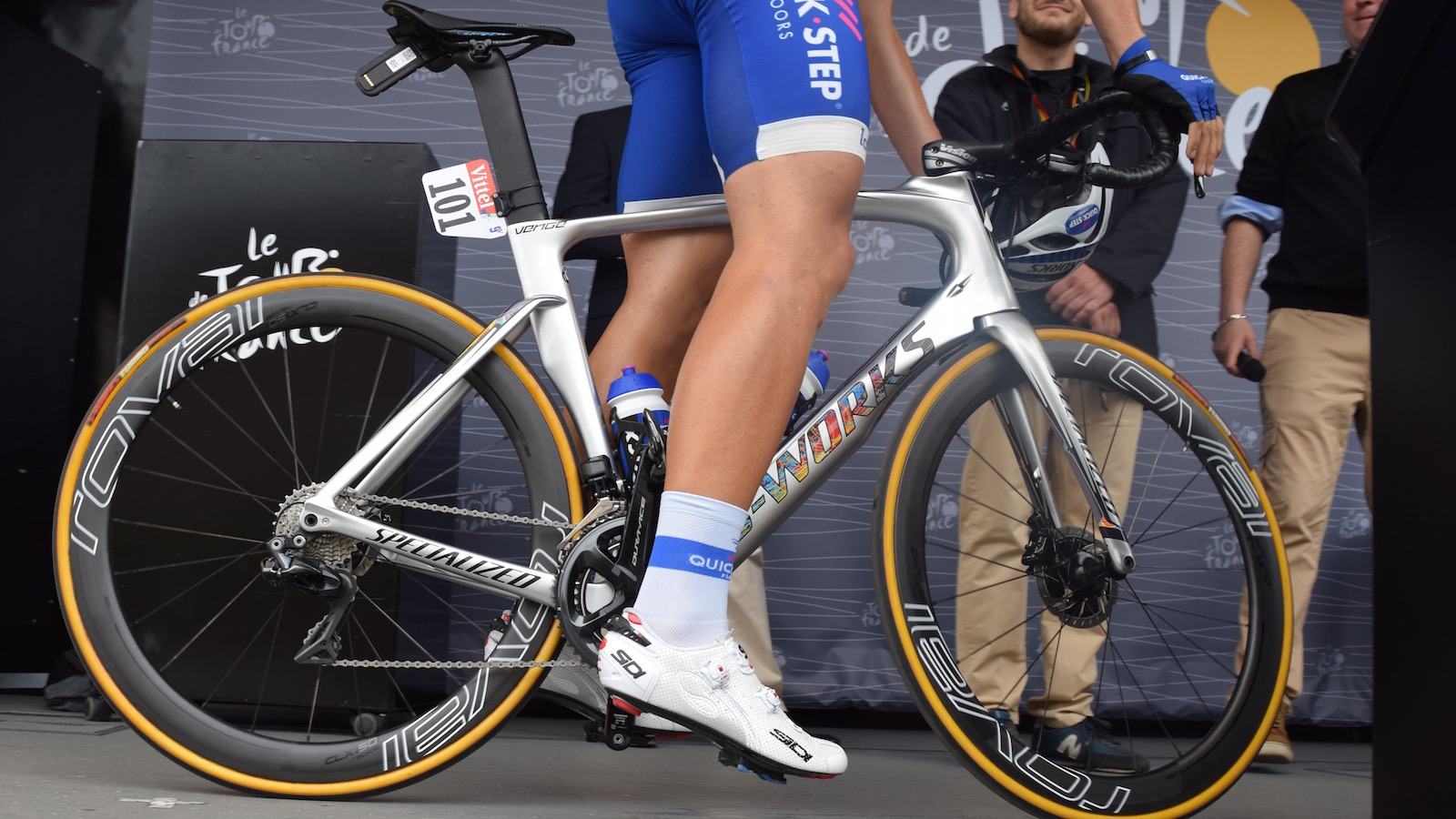
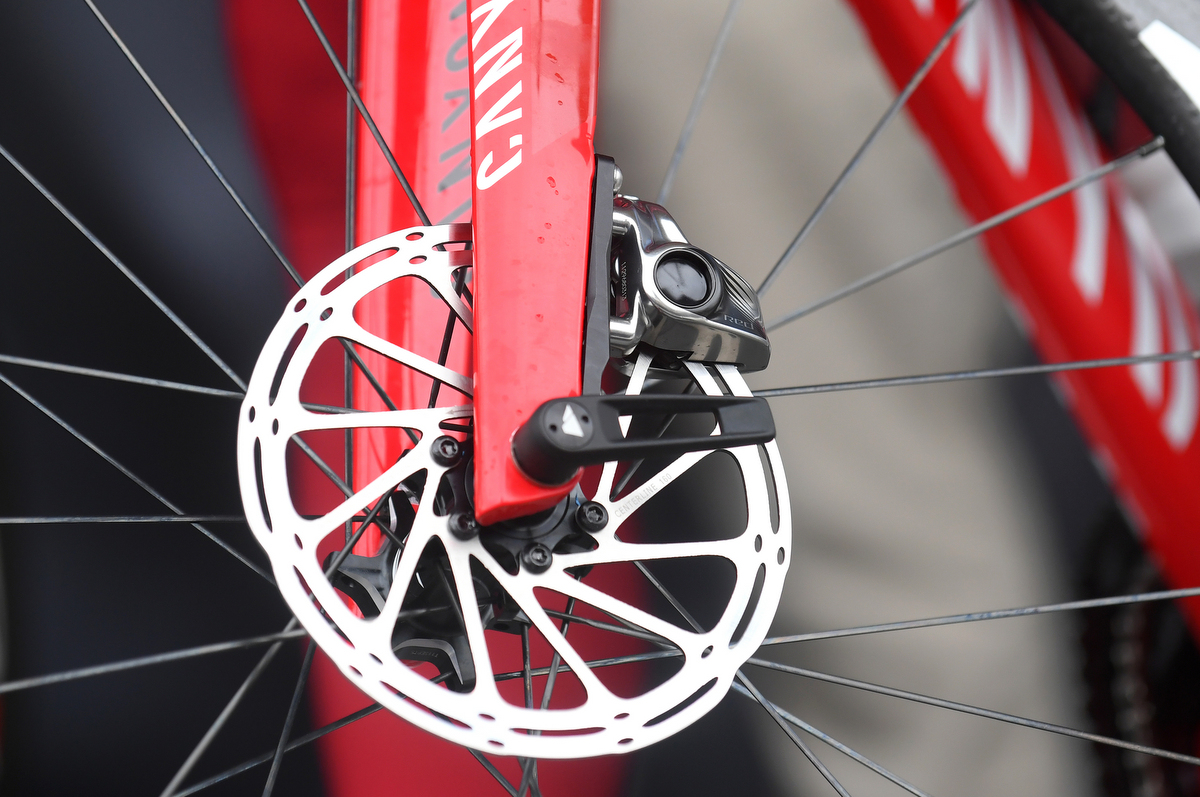
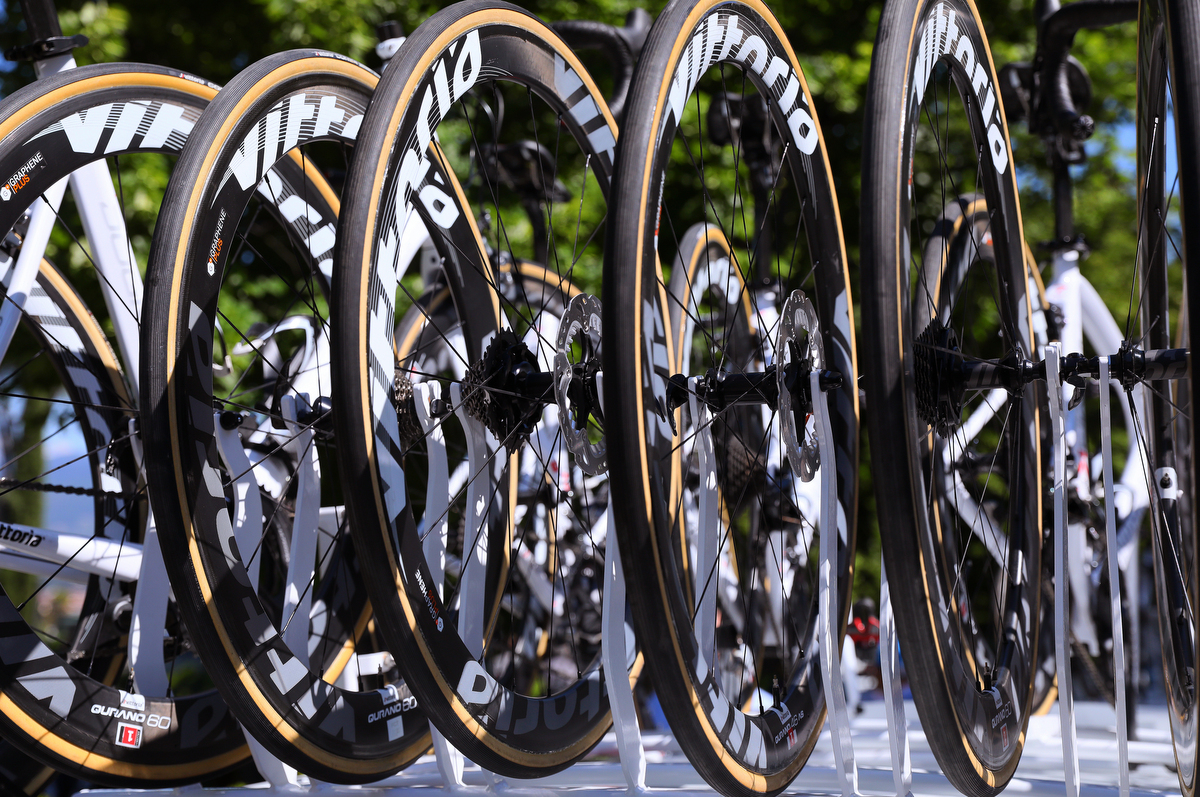
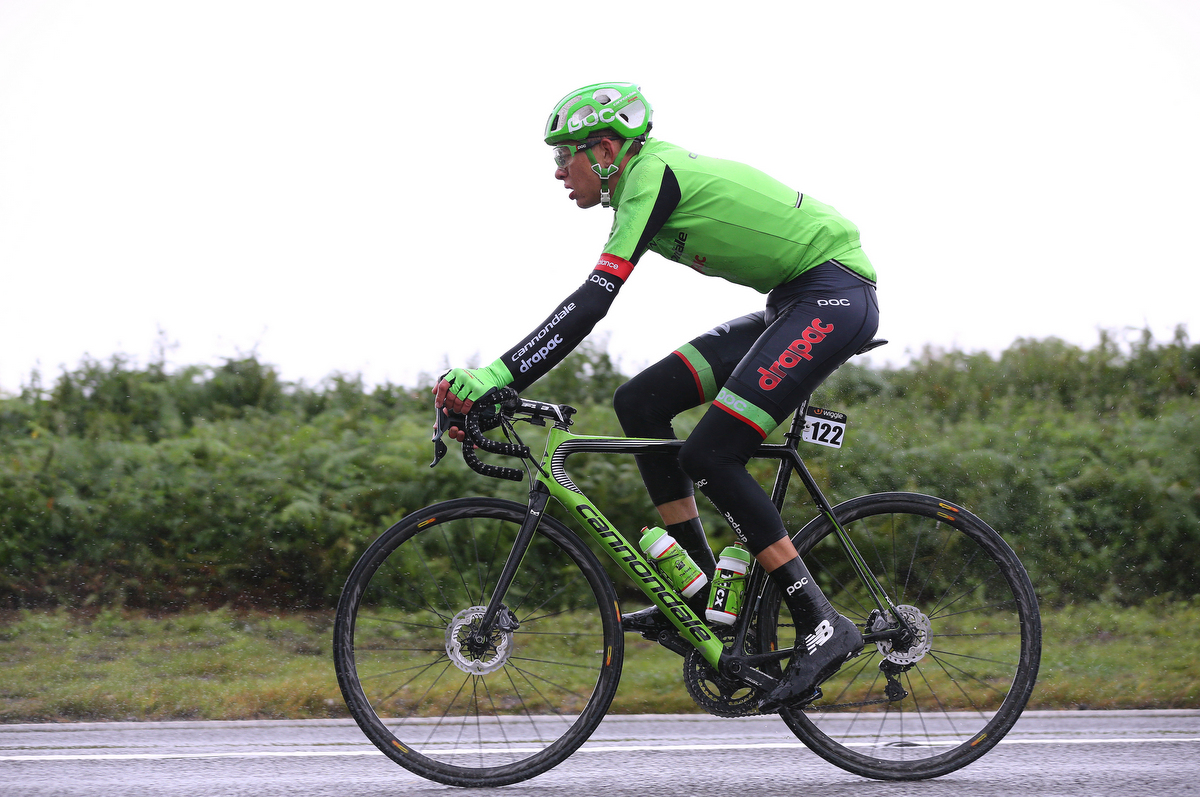
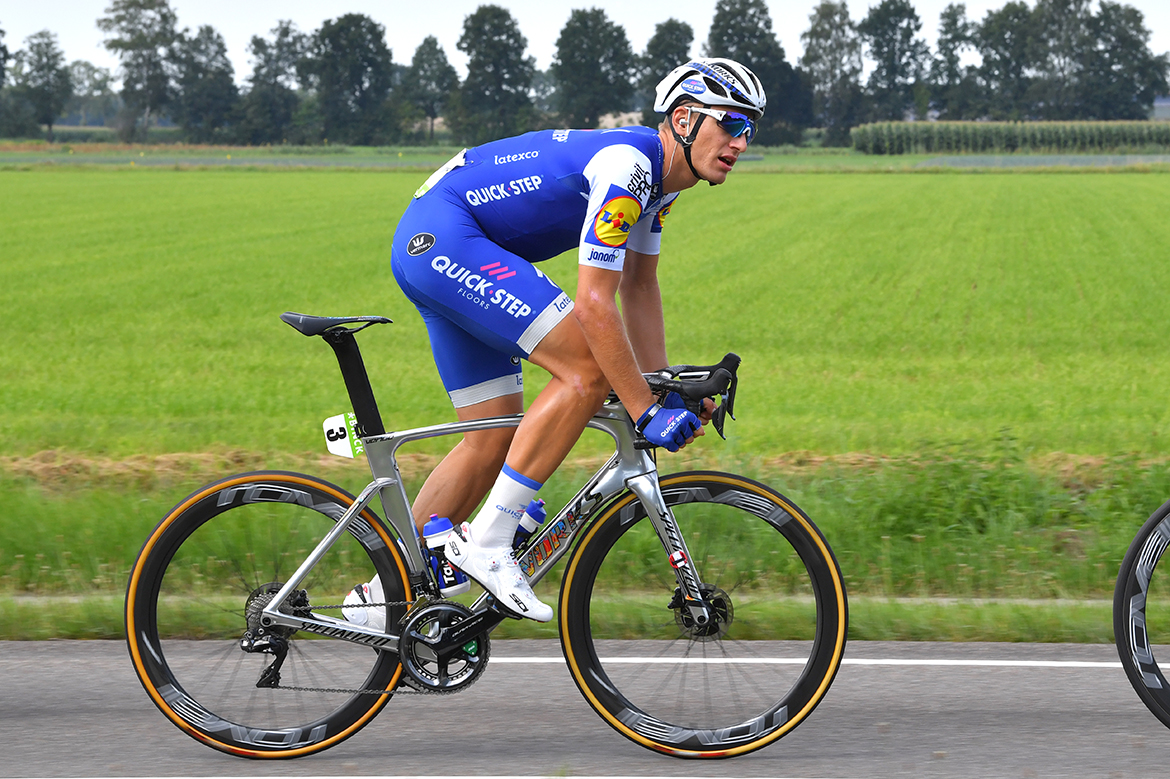
Two and half years since UCI first announced the trial of disc brakes in racing, the trial will continue into a fourth racing season for 2018, and a lack of firm and finalised regulations regarding the technology remains.
Campagnolo vs Shimano vs SRAM road disc brakes: early comparison
Disc brakes: 'Someone might have to take a bullet for change to happen,' says Hansen
Quintana: Disc brakes are heavier, less aero, and dangerous
Sunweb debut Shimano Dura Ace disc brake groupset at cobbled classics
Martijn Berkhout: Disc brake debate gives riders a big opportunity
CPA expresses optimism about disc brake covers
It's official: Disc brake guards are happening
Spanish federation bans disc brakes at nationals
Another first: Kittel wins Tour de France stage on disc brakes
On 14 April 2015, the UCI announced that the initial introduction of disc brakes to professional road racing would take place during the months of August and September of that year.
In the same press release, the UCI noted that "if the experience is satisfactory, disc brakes will be officially introduced to the UCI WorldTour in 2017. The aim is to eventually introduce disc brakes to all levels of road cycling." The trial was put on hiatus after a crash at the 2016 Paris-Roubaix saw Movistar Team rider Fran Ventoso sustain injuries, but the trial resumed in the 2017 season with little or no amendments to the initial trial.
For 2018, the trial is set to continue "under exactly the same conditions as 2017," where 160mm rotors are the common agreed specification and will feature rounded or chamfered perimeter edges. Two and a half years of racing should be enough to trial a product within competition and finalise both the safety and technical standards, but implementing disc brakes is complicated for a variety of reasons.
Read more on this article
- Campagnolo vs Shimano vs SRAM road disc brakes: early comparison
- Disc brakes: 'Someone might have to take a bullet for change to happen,' says Hansen
- Quintana: Disc brakes are heavier, less aero, and dangerous
- Sunweb debut Shimano Dura Ace disc brake groupset at cobbled classics
- Martijn Berkhout: Disc brake debate gives riders a big opportunity
While Shimano and SRAM have had hydraulic disc groupsets for some time now, Campagnolo only released its range of disc brake equipped groupsets in May of this year.
The two Campagnolo sponsored WorldTour teams – Movistar and Lotto-Soudal – each ride bikes that are available in disc brake option, Canyon for Movistar and Ridley for Lotto-Soudal. Although Campagnolo has confirmed that both teams have been testing prototype groupsets for some time now, neither has raced with disc brakes despite having the opportunity.
Get The Leadout Newsletter
The latest race content, interviews, features, reviews and expert buying guides, direct to your inbox!
Looking ahead to next season - assuming each WorldTour team will remain with their current frame providers - neither BMC Racing nor FDJ have a disc-equipped frameset approved by the UCI as yet. Unless approved by the UCI, teams will not be able to use the models for racing.
Disc equipped models are available from BMC and Lapierre, although the latter is highly unlikely to be used in most WorldTour races and the lack of registration with the UCI speaks volumes. AG2R La Mondiale, Team Dimension Data and Team Sky each have UCI registered, disc-equipped machines available to race on.
And therein lies the problem: until every WorldTour team (Pro Continental and Continental level racing teams are another conversation), has the option to race on discs, the trial will continue to run on.
The most important issue surrounding disc brakes, and any rule changes in cycling should always have rider and spectator safety as the number one priority. The professional cyclists' rider union (CPA) readily admit they have no power when it comes to the implementation of disc brakes in cycling, despite being part of the group of stakeholders concerned in the disc brake trial, which includes the UCI and the World Federation of the Sporting Goods Industry (WFSGI).
The CPA's chief safety concern regarding the trial is mixed braking performance in the peloton, with the distinct stopping power between disc brakes and traditional calipers.
The UCI are heavily reliant upon the WFSGI in providing technical information and highlighting safety concerns when it comes to disc brakes in road racing. The WFSGI, whose members include Shimano, SRAM, Campagnolo and the usual line-up of cycling industry leaders, also have the likes of Nike, Puma and Adidas as members. It is this financial clout and industry power that is pitted against the comparably weak CPA.
Cyclingnews understands that the UCI ordered a test into the efficiency of disc braking systems and are awaiting the results from the WFSGI, yet Shimano has openly stated that 140mm rotors only have the same stopping ability as a regular caliper or direct-mount braking system.
The two rotor sizes available for the majority of road bikes are 140mm and 160mm with the larger option offering greater stopping power and better heat dissipation. Shimano and SRAM offer both size rotors front and rear, and suggest rider weight and frame design affect what size rotors bikes should be equipped with.
Read more on this article
- CPA expresses optimism about disc brake covers
- It's official: Disc brake guards are happening
- Spanish federation bans disc brakes at nationals
- Another first: Kittel wins Tour de France stage on disc brakes
- FSA adds hydraulic disc brakes to W.E groupsets for 2018
- UCI to continue disc brake trial in 2018
Campagnolo, on the other hand, only offer 160mm rotors on the front wheel, while offering both options on the rear wheel.
Between 160mm rotors, which offering superior braking, 140mm rotors and the widespread use of caliper brakes, there is a mixed performance of braking within the peloton, which emphasises the CPA's concerns.
Yet although mixed performance of braking within the peloton is a most obvious issue to address, the only safety concern that has been addressed so far is reducing the risk of wounding riders with the disc rotor in the event of a crash (through rounded or chamfered rotor perimeter edges).
Initial ideas to have covers or fairings to add further protection from rotors seem to have been put on the back burner by the industry.
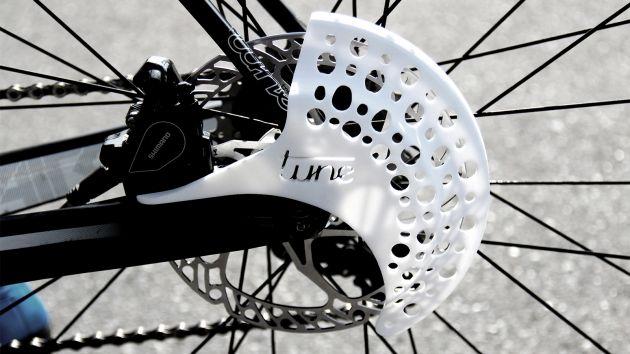
On top of the safety concerns from the CPA, an array of braking and wheel choices adds further complications to the disc brake trial. Taking into account Campagnolo, Shimano and SRAM compatibility, the different braking options result in nine different wheels for neutral service to offer, not including quick-release and thru-axle variants.
An autumn meeting between the CPA, UCI and WFSGI is expected in the coming weeks, where key issues are expected to be discussed.
As the UCI commences new leadership, a leading attitude should be implemented by the sport's governing body. Each WorldTour team should be required to offer a disc-equipped bike as an option for their riders to train or race on, ensuring the peloton is aware of the differences in braking ability in a variety of scenarios.
While disc brakes are likely to become more and more prevalent in road racing, it is highly unlikely caliper brakes will ever be made redundant, and so the mixed performance of braking within the peloton will remain. Ensuring all professional riders have tested disc brakes and are part of the safety conversation should be a priority for the remainder of the trial, and definitive regulations should be put in place for the 2019 season.